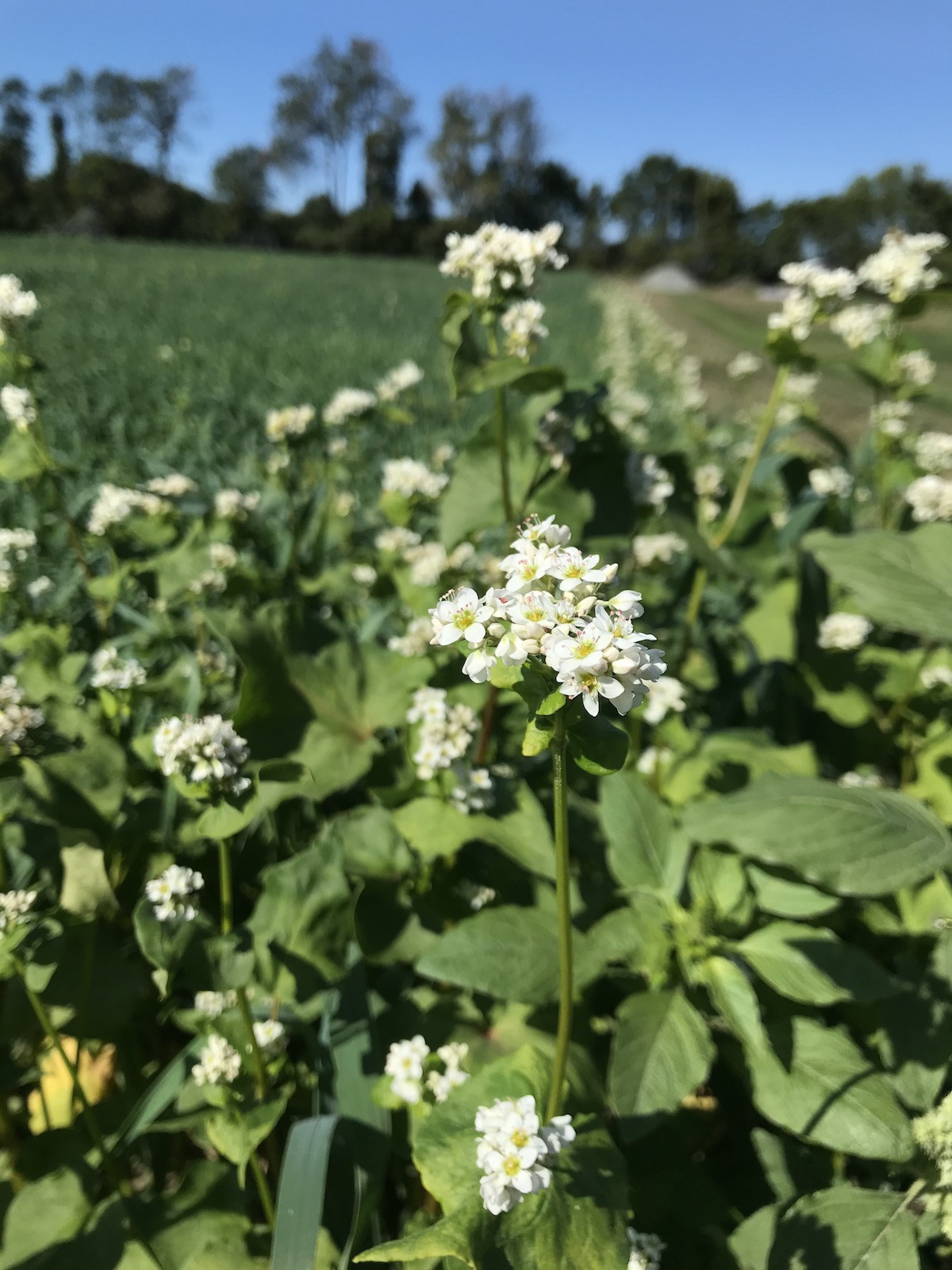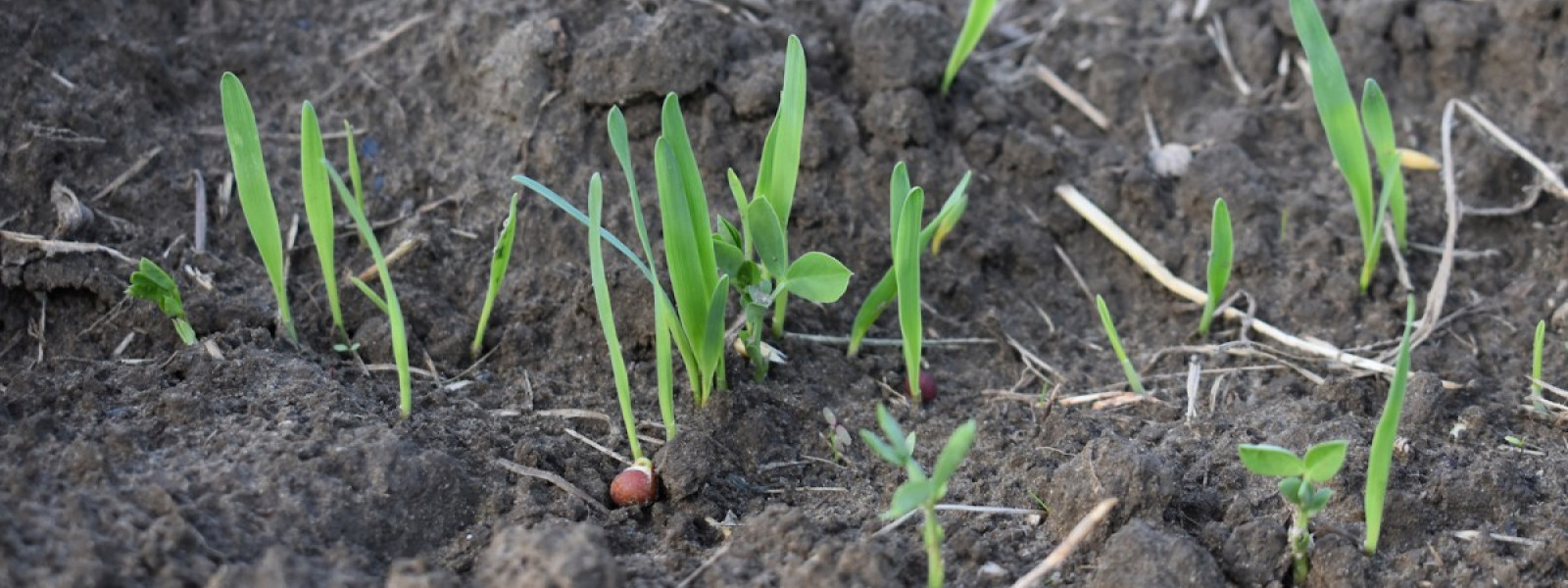Protecting the Soil this Winter
Cover crops are a crucial tool in an organic farmer’s toolbelt. So what are they? Broadly, cover crops are any crops that are grown to protect the soil and not to be harvested. Keeping the soil covered in between plantings of ‘cash crops’ reduces soil erosion, suppresses weeds, increases soil fertility, and promotes biodiversity. At the end of their lifecycle or before planting a cash crop, cover crops are tilled into the soil. Cover crops that have been tilled in become ‘green manures’ that provide organic matter and nutrients to the soil.
We use a mix of cover crops on the farm. Each has a unique purpose and is planted in a specific rotation. Cover crops can be beneficial for growers of all scales. Read below for the benefits of our favorites.
Winter Rye and Hairy Vetch: Planted in the fall, this mix is overwintered and allowed to grow well into the summer. The vetch grows up the rye and the rye protects the vetch through the winter. Before the rye produces seed, it is mowed down and tilled into the soil. Together they produce abundant biomass and the hairy vetch fixes nitrogen in the soil. This duo is not recommended for gardeners who use hand tools as it can be difficult to kill without special equipment.

Oats and Peas: This cover crop mix is planted in the spring and summer up until the first week of September. The field peas fix nitrogen from the atmosphere into the soil and grow up the oats. Like the rye and the hairy vetch, this creates a thick mat that is difficult for weeds to penetrate. This mix will die off in the winter and is better for home gardeners as it does not require special equipment to terminate it. In the spring you are left with a dead layer ready to till or plant into as opposed to still living plants.
Buckwheat: This fast growing cover crop breaks down quickly after being incorporated into the soil. Its abundant white blooms provide habitat for beneficial insects and pollinators. The life cycle of buckwheat from planting to tilling is 6 to 8 weeks, making it one of the easiest and fastest cover crops to grow. It also takes up phosphorous, which is then released as it decomposes in the soil. We use it to produce a quick ground cover for our silty sandy soil.

Yellow Sweet Clover: This lovely drought-tolerant cover crop is actually a legume. It is hardy enough to grow in a variety of soils and fixes nitrogen. We plant sweet clover before our fall vegetable crops.
Summer Mix: A mix of sun hemp, cow pea, sorghum, Sudan grass, pearl millet, sunflower, and okra. This dense mix produces a lot of biomass. (See the top picture.)
Fall Mix: A mix of peas, vetch, chickpea, oats, daikon radish, mustard, turnip, flax and, phacelia. Why the root vegetables? They loosen up the soil and when they decompose in the spring, leave deep holes that allow water to penetrate. This is known as ‘bio-tillage.’ As this mix contains cold season crops, it can be sown later and will die off over the winter.
As you put your garden to rest, consider protecting the soil with a cover crop this winter!







